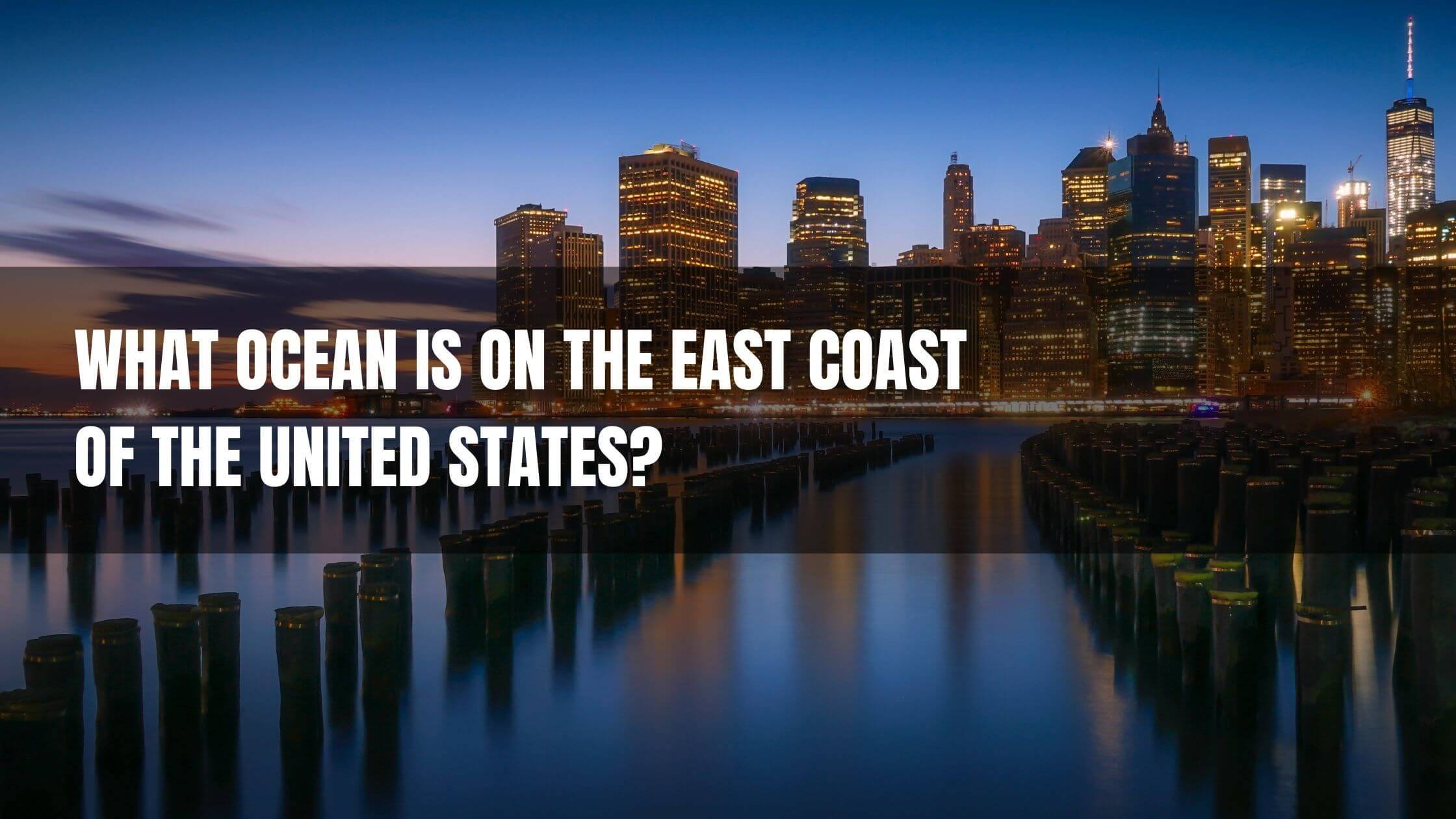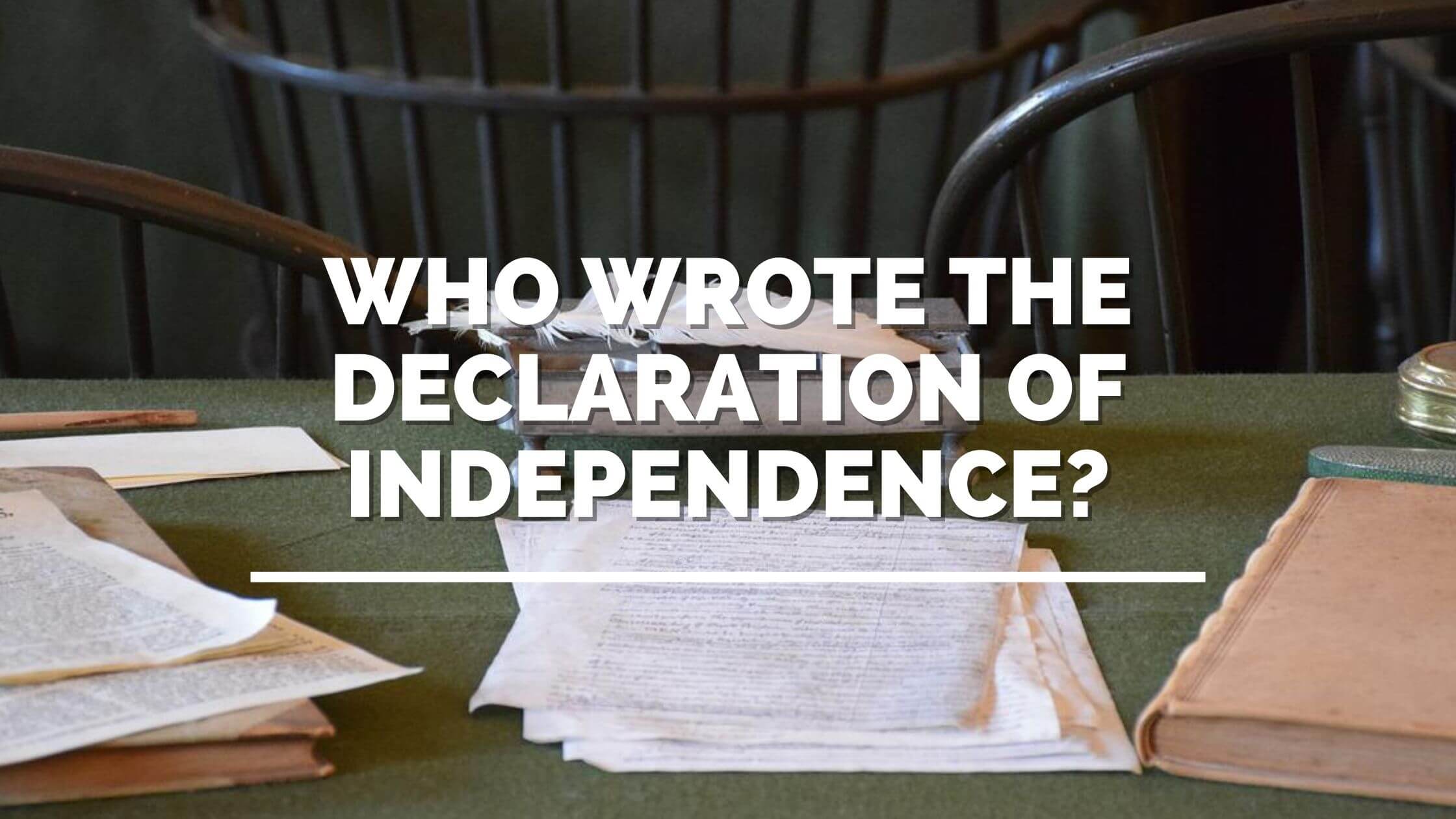Table of Contents
ToggleTo pass the US citizenship test, you will have to answer 10 of a possible 100 questions. The following question is from the USCIS test.
Answer:
Atlantic (Ocean).
The following is a full explanation of the USCIS question:
It is important to give this answer as this ocean covers the whole eastern coastline of the United States. There are areas where other seas and bays are prominent, but the Atlantic ocean is the most influential and notable body of water. There are lots of states that have some form of Atlantic coastline. What are they, and how important is the Atlantic to the history and current culture of the United States?
Which States Have a Coastline on the Atlantic?
The answer is that there are more than you may expect. There are many smaller states from New England down to Florida that developed from early settlement onwards. This means a variety of coastlines and important seafront regions in many US states.
From north to south, the eastern coastline of the United States looks like this.
- Maine. Maine is a sparsely populated state but still has a fairly long coastline. Its northern position means it doesn’t have the same historic settlements or cities as other states.
- New Hampshire. There is a similar coastline here, but the area is very small compared to the larger inland region.
- Massachusetts: This state is much different. The coast contains the major city of Boston and the Mayflower settlement of Plymouth before twisting round into Cape Cod. Martha’s Vineyard is also offshore.
- Rhode Island: The Atlantic coast continues for a little while southeast heading through Newport and into a bay up to Providence.
- Connecticut: Next, the coastline travels along a little inlet between New Haven in Connecticut and Long Island in New York
- New York. This east coast state’s most striking coastal feature is Long Island, as most of New York is inland. But, there is also New York Harbor, which is significant for Ellis Island and the Statue of Liberty.
- New Jersey: The coast then takes a long stretch south toward Delaware Bay via the aptly named Atlantic City.
- Delaware: The coast then continues down from Delaware Bay into Maryland.
- Maryland: There are some important geographical landmarks here. The first is Chesapeake Bay, a vast stretch of water that empties into the ocean. This is also where the Potomac River meets the sea. A little further upriver is Washington D.C.
- Virginia. Here the coast takes us further along the Chesapeake Bay past the larger cities of Norfolk and Virginia Beach. A little way upriver is the settlement of Jamestown, which was founded in 1607.
- North Carolina: Next, there is a long stretch down to the border of South Carolina, near Myrtle Beach, via the city of Wilmington.
- South Carolina: This is another piece of coastline with historical significance due to early coastal settlements like Charleston.
- Georgia: Close by is Savannah, but the Georgia coastline soon makes way for Florida.
- Florida: The long straight coast of Florida runs through sites like Jacksonville, Cape Canaveral, and Palm Beach before ending at Miami and the Florida Keys.
An important note about the coastline of Florida is that this southern state extends down towards the Caribbean Sea. While no part of Florida’s shores is technically within the Caribbean, the state is seen as a northern border. So, when people say that the beaches around the key look like they should be in the Caribbean, they practically are.
Puerto Rico
With this in mind, we need to also mention the placement of Puerto Rico on this list. Right now, this Caribbean island is an unincorporated territory. This means that America owns the land and subjects the people to United States federal laws but doesn’t offer them the rights of citizens. This island off the east coast could become part of the United States at some point.
Are Pennsylvania, West Virginia, and Vermont on the Eastern Seaboard?
This is where confusion often reigns over which states are on America’s east coast. There are two ways to categorize these states. The first is to go with the literal approach of only listing states that have a physical coastline. The other is to group all those classed as the Eastern Seaboard.
The Eastern Seaboard region tends to include Pennsylvania, West Virginia, and Vermont because it is easier to group them all geographically. Pennsylvania and Vermont lie between the others on the list above. Vermont is also a key part of New England, while Pennsylvania was one of the original 13 states.
The Settlement of the East Coast
One reason that America’s east coast is so important historically and culturally is that European settlers landed here as they crossed the Atlantic ocean. There is also that ongoing relationship with the British where ancestors and friends are described as being “across the pond.” This makes the Atlantic seem like a smaller and friendlier connection between nations.
In the 1600s, there were several journeys from Europe with settlers starting new lives on the east coast of the new world. Some ventures were more successful than others. One of the most famous is the first settlement of Jamestown in Virginia, but most tend to think of the Pilgrims that landed at Plymouth Rock in 1620. The original thirteen colonies expanded from these areas and allowed regions with different cultural identities.

Get Smarter on US News, History, and the Constitution
Join the thousands of fellow patriots who rely on our 5-minute newsletter to stay informed on the key events and trends that shaped our nation's past and continue to shape its present.
The relationship between the American east coast and Europe is still strong today. The Atlantic ocean is an important trade route and the scene for major transatlantic sailing events. There are even plans for an AI Mayflower ship to make a crossing as part of delayed celebrations of the 400th anniversary.
In short, the east coast of the United States borders the Atlantic ocean and takes an interesting journey through a range of states. The Eastern Seaboard in the north is unpredictable and home to many major cities and historical sites. This then descends into more tropical areas and down to the Caribbean.











